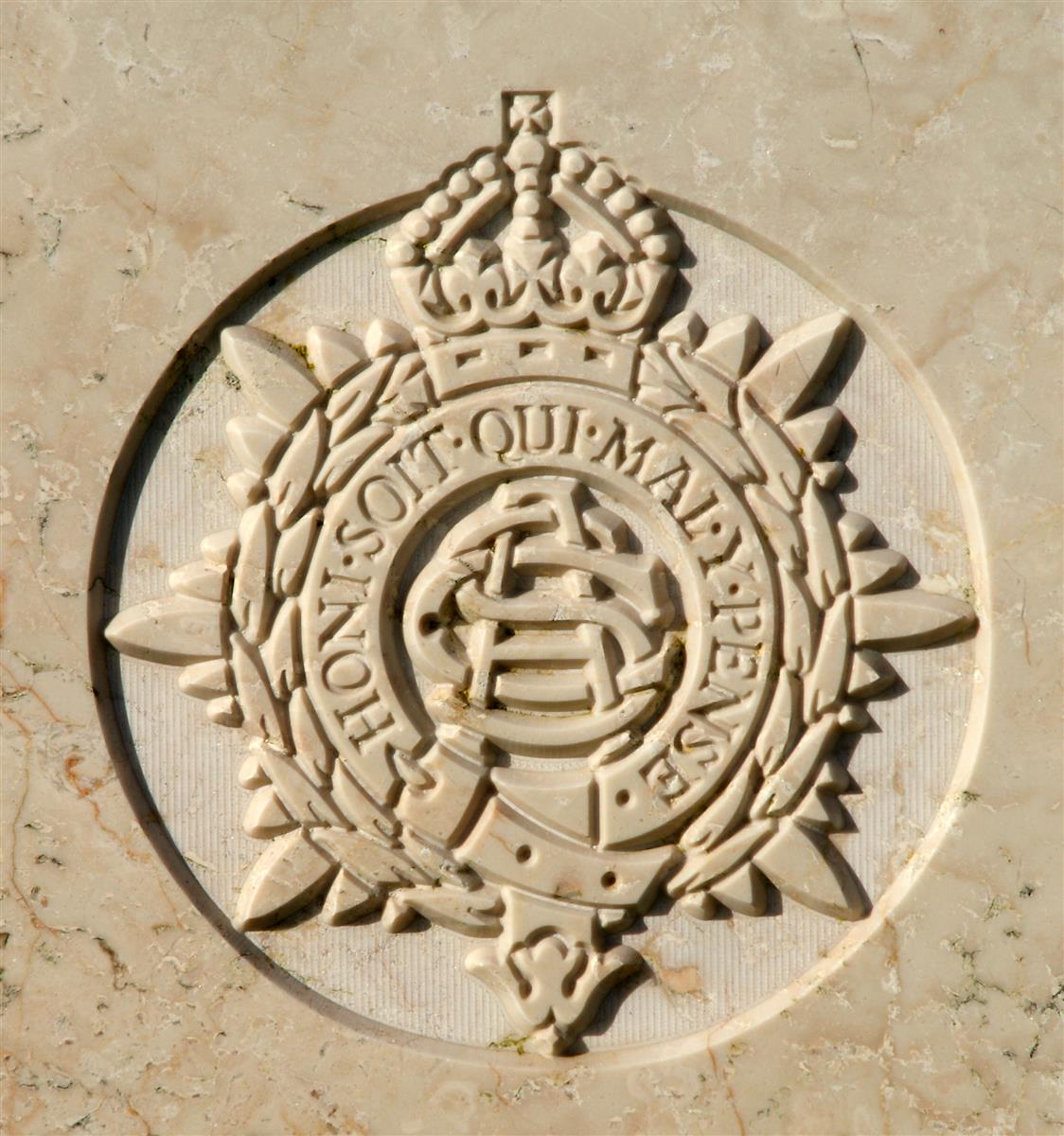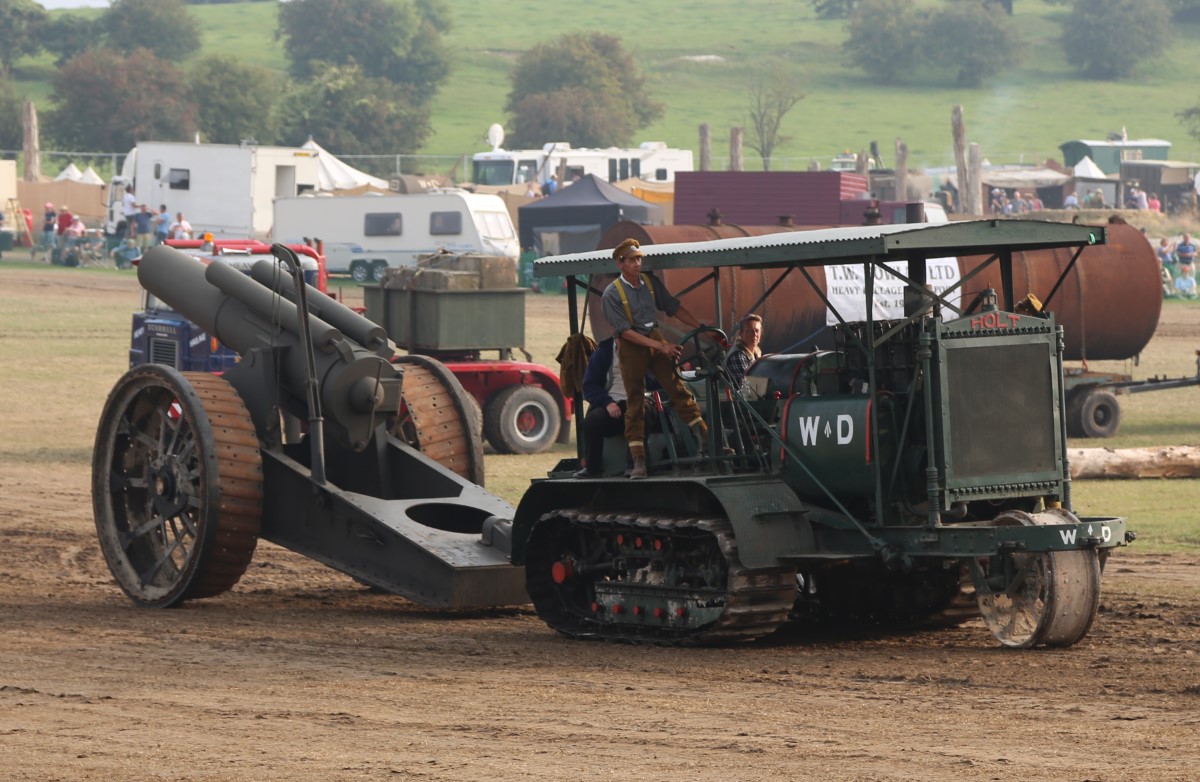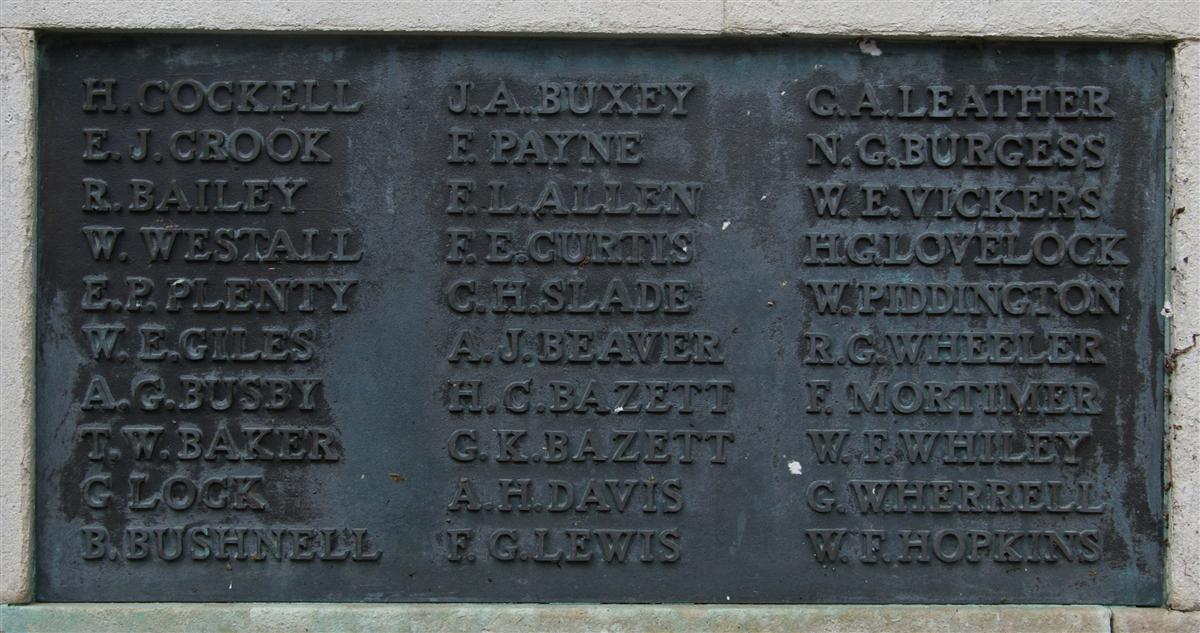Albert George Lock
Private M2/114665 George Lock, Army Service Corps

The regimental badge of the Army Service Corps, as used on CWGC headstones. |
George was born in Longburton, Dorset in 1876, the son of Thomas Lock and his wife Ann née Symes. He the sixth of the couple’s seven sons, it was not until her eighth and last child arrived that Ann had a daughter, Lucy. The full family comprised William John (born 1865), Robert Charles (1867), John Thomas (1869), Samuel (1872), Ernest Henry (1874), George (1876), Emanuel Henry (1878) and Lucy Jane (1880). The birthplaces of the children suggests that the family moved around for a while before settling in Longburton.
In the 1881 census Thomas gave his occupation as a boot and shoe repairer, though contemporary trade directories give him a little more impressively as a shoemaker. While he may have wanted to spend his time creating new footwear, there is little doubt that it would be repair work that kept his family fed.
The children attended the local Longburton village school and feature quite often in the school logbook for the period. Completed weekly the book tells the story of the school in fascinating detail. It was not at all unusual for the children to be absent when they were sick or there was work for them – gleaning, potato picking, beating for a shoot, and hay making all draw pupils away from the classroom. Nevertheless, the Lock family were notable for their repeated absences – so much so at one time that the presence of all the Lock children for a whole week was deemed worthy of noting in the logbook (on 18 June 1880). George was admitted to the school in May 1879 and his name was transferred to ‘register 2’ on 4 March 1883 (showing he had just passed his seventh birthday). It is interesting to note that children began school aged three and could remain until they were twelve.
Entries mentioning George by name:
1880 May 28 - George and Robert LOCK returned on Monday. Samuel is still absent. Bessie and William WHITE have been absent the whole week.
1885 Sep 16 - George LOCK, Charles BATTEN and Kate WHITTAKER played truant yesterday afternoon. They were punished by being kept in an hour.
1885 Nov 13 - Kate GILLINGHAM and Lydia WILLIS are attending very irregularly, also Robert and George LOCK. The attendance officer has not visited the school for more than six months.
After leaving school George would have worked in boy’s jobs, almost certainly for local farmers. Through this he must have learnt to use a steam engine and to have shown enough aptitude to find employment as an engine driver. In 1901 he was working in this role in Sandford, Devon driving a steam roller for the Crediton District Council. Council work was far more stable than farm work, but he did not stay in Devon. In late 1907 he married May Jane King in the High Wycombe area – presumably they were working in that area. Mary was a Newbury girl and already had a daughter (Alice May) born in early 1906. Perhaps George was the father, if so, they didn’t feel an urgent need to marry.
Following their marriage George and Mary had three children: Lily Maud (born 1909), George (1910) and Gertrude Evelyn (1915). At the time of the 1911 census George was working on a farm in Eastbury, still as an engine driver – the registration of George junior’s birth in the Hungerford registration district suggests that this work had begun at least a year before.
George did not rush to enlist when war was declared in August 1914, and who could blame him? With a young family to support he was needed at home, but the Army was keen to recruit men with his skills and advertised widely to try and attract them. In April 1915 George made the decision to join up and left his pregnant wife and three young children to was immediately posted to the Army Service Corps, Mechanical Transport (the M2 in his service number is indicative of this specialism). Such was the need for experienced engine drivers that he was sent to France almost immediately – he could do a vital job there without spending the usual months learning to be a soldier.

A Holt 75 steam tractor towing an 8” Howitzer at a steam fair in Dorset. |
While WWI gave an enormous boost to the used of petrol engine vehicles the army also made great use of steam engines, which were still more reliable and well adapted to the conditions. George drove a tracked (caterpillar) engine hauling heavy guns from place to place. This was not the most dangerous role on the Western Front; in general, the heavier guns were a reasonably safe distance behind the line. However, the enemy was always keen to destroy them, and George may well have experienced a few hairy moments when he was called upon to haul a gun out of a position that had been targeted by the German guns.
He served in the 13th Mechanical Transport Company, which was attached to the 7th Siege Battery of the Royal Garrison Artillery. Siege Batteries deployed some of the heaviest guns on the front; in 1914 they had 6.2” howitzers and a lot of horses to move them around. As the war progressed the size of their guns grew and horsepower could not cope in the prevailing conditions – so steam engines with caterpillar tracks were provided, together with drivers and mechanics by the Army Service Corps.
George died on 26 April 1918 – but it was not down to enemy action, he died in an accident:
Newbury Weekly News 16 May 1918 – Local War Notes
Mrs Lock, 2, Derby-road, has received the official notice that her husband has been accidentally killed in France. Pte Lock joined the MT ASC, three years ago, and was immediately sent to France, and was in charge of a caterpillar to remove the big guns. He was of a genial disposition, and was very popular with his section, as evidenced by the letters Mrs Lock has received from the Chaplain, his officers and chums, and saying nearly all his section
 Albert's name on Newbury War Memorial (middle left) |
attended the funeral to show their great respect for him; and he was buried in the Military Cemetery behind the lines. The sad part of it, however, is that Pte Lock leaves a wife and four children to mourn his loss.
George was buried in grave I.E.6 at at La Kreule Military Cemetery, Hazebrouck.
Locally he is remembered on panel 9 of the Newbury Town War Memorial.

